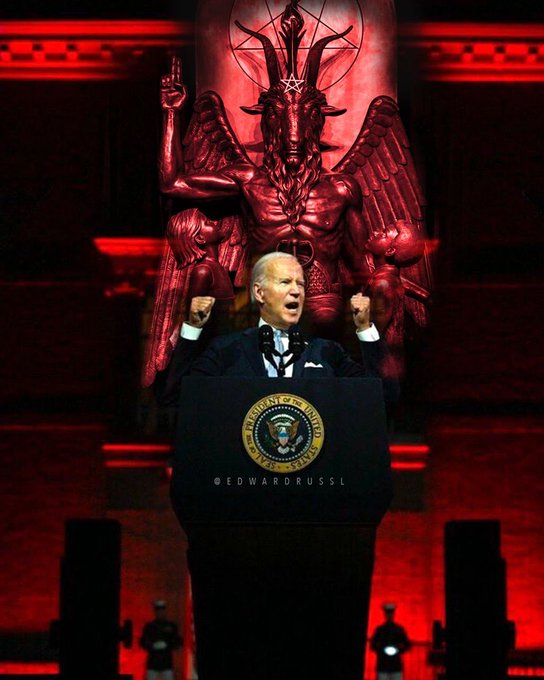
Posted on 09/01/2022 8:46:54 PM PDT by BenLurkin
The space agency estimates there are about 25,000 asteroids of at least 140m in diameter near Earth's orbit. While the odds of them crashing into our planet at any given time are minuscule, Congress directed Nasa to find 90 per cent of them by 2020.
Scientists have found fewer than half. But for reasons it has not publicly explained, the administration has proposed delaying by two years, until 2028, the launch of an infrared space telescope meant to find those threatening asteroids and sharply cutting its budget for next year.
About 500 times a year, researchers identify asteroids of at least 140m in diameter near Earth's orbit.
They're not quite as big as the 10km to 15km asteroid that led to the extinction of the dinosaurs, but there's more of them and they're harder to find.
Such asteroid strikes happen rarely: The same report put the average interval between them at 20,000 years. Much more frequently, Earth gets the smaller variety space objects that leave their own trail of destruction.
In 2013, a roughly 20m asteroid broke apart about 25km above the town of Chelyabinsk, Russia, shattering windows and injuring more than 1,600 people. Russia also was the site of the most destructive asteroid in recorded human history.
For now, Nasa is still mostly reliant on ground-based observations to spot objects of 140m or more. Officials also repurposed a space telescope, called Neowise, that was originally meant to find planets - but it's only discovered five large asteroids this year.
The Surveyor telescope is projected to have a wider field of vision, allowing scientists to get a broader landscape of nearby asteroids,,, And its infrared sensors will spot dark asteroids invisible to the naked eye.
(Excerpt) Read more at straitstimes.com ...
None of the space junk in LEO will cause a Earh-ending event. Most of it is just a threat to spacecraft in LEO orbits.
Not that baffling, part of the “Green Agenda/Green New Deal/Great Reset”...need to lose about 3 billion off the population to “save the planet”...a “medium-sized” asteroid should do the trick!
(Hat tip: Bill Gates/WEF/Klaus Schwab)
Isaiah 2:19
Men will flee to caves in the rocks and holes in the ground, away from the terror of the LORD and from the splendor of His majesty, when He rises to shake the earth.
And I’m saying that if you are not working on the defensive capabilities, you shouldn’t do the search.
I’m sure POTATUS’ administration doesn’t want to fund either.
That I have.
I don’t think it’s a technical limit, it’s just that they don’t want to have an official prediction of some catastrophe centuries into the future. The small planet center, the people who track asteroids, are the exact opposite of global warming alarmists. They take their job seriously, and attempt to downplay any alarmism, and tamp down lurid press reports. I worked as a contractor a MIT/Lincoln Lab, and worked with the woman who was project manager of the original Lincoln effort to find earth crossing asteroids. She’s the only person I know who has an asteroid named after her by the IAU. They used a one-meter telescope in Arizona (some amateurs have better telescopes) and increased the number of known earth crossing objects by a factor of about ten in two years, under an Air Force contract. Lincoln has since left the business, leaving it to others, now that they demonstrated proof of principle.
The three-body problem cannot be solved exactly (unlike the two-body problem). 100 years of perturbations would result in statistical probabilities as meaningful as the weatherman predicting next September’s weather.
A three body problem cannot be solved “analytically”, but numerical solutions are possible to arbitrary precision. There are a few models of the solar system’s gravity available, and NASA may have the second best, but uncertainties are pretty well characterized. Except in the cases of a close call, I don’t think that accuracy is necessarily the issue, it’s just avoiding publishing any catastrophic predictions centuries into the future with a government imprimatur. (Not that global warming alarmists feel any constraints.) If there is an issue there are lots of academics who can provide the appropriate level of sensationalization.
The issue with the N-body (N > 2) problem is that it is sensitive to initial conditions. In other words, a chaotic system.
No matter how accurate your approximate solutions are, if you don’t have highly accurate initial conditions, you can have wildly varying results in a relatively short period of time.

Depends on what you mean by relatively short period of time. The end state of the solar system is unpredictable. It is possible that Jupiter will perturb Mercury’s orbit so that it crosses earth’s. However on a mere millennial scale, given the current knowledge, quite predictable.
I can see large planetary motions being fairly predictable, mostly because the masses involved are large and there is a lot of data to anchor the models.
But it would be nearly impossible to predict the long-term motions of an object in the asteroid belt.
Small objects do not have much influence, but are themselves influenced by large objects. There are several highly developed and detailed models of the solar system. The smaller a body is, the more predictable its trajectory because uncertainty in its mass has little effect on massive bodies.
It's a small first step ...
Only if they can arrange 10% for the Big Guy.
Hopefully, it gets properly funded and produces useful results.
Unfortunately, you are probably correct.

could be, could be...
sure, forgiven unto US
Disclaimer: Opinions posted on Free Republic are those of the individual posters and do not necessarily represent the opinion of Free Republic or its management. All materials posted herein are protected by copyright law and the exemption for fair use of copyrighted works.